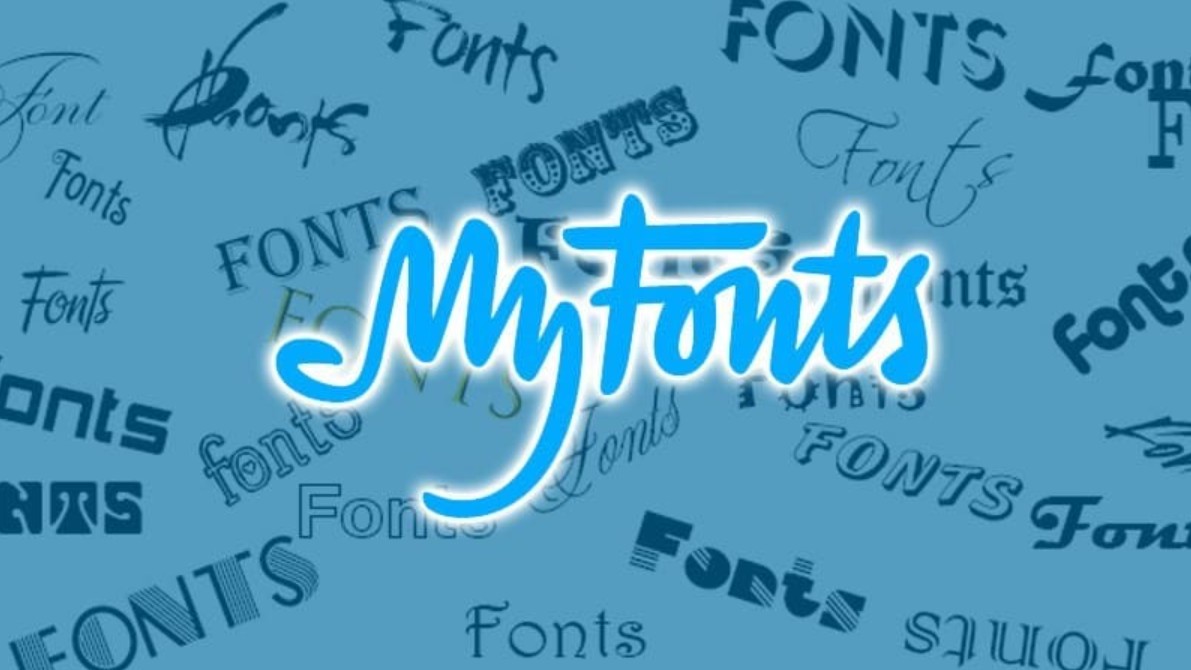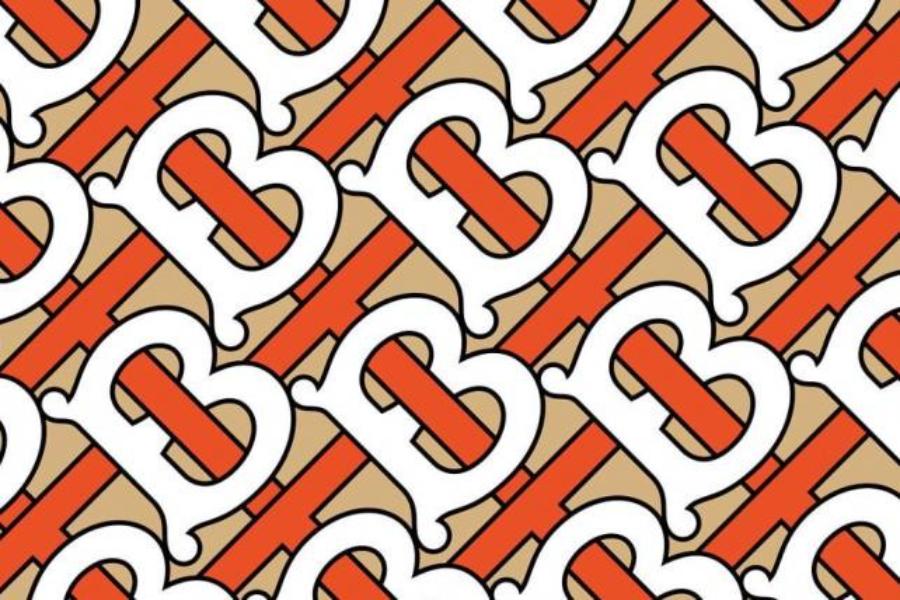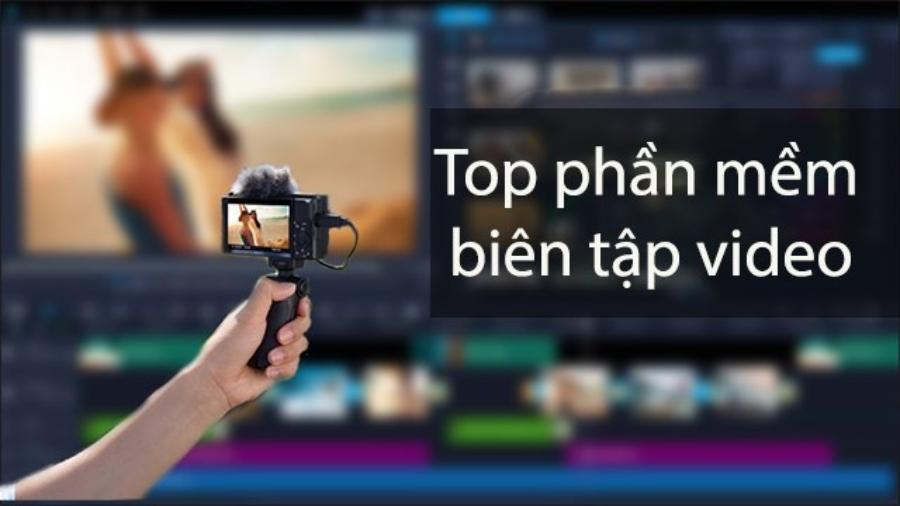Best Selling Products
Discover the Magic Tool: Easily Identify Fonts From Images
Nội dung
- 1. Why do we need font recognition tools?
- 1.1. Modern design trends and the need for font recognition
- 1.2. Difficulties in finding fonts from images
- 2. Tools to help find fonts using images
- 2.1. WhatTheFont (MyFonts)
- 2.2. Font Squirrel Matcherator
- 2.3. Adobe Fonts (Formerly Typekit)
- 3. Notes and tips when using the tool
- 3.1. Choose high quality images
- 3.2. Check and compare results
- 3.3. Notice on copyright and license
- 4. Common mistakes and how to fix them
- 4.1. Select non-standard images
- 4.2. Do not recheck the recognition results
- 4.3. Ignoring copyright and licensing issues
- 4.4. Using tools that are not compatible with the image format
- 4.5. Lack of patience in handling errors
If you are a designer who wants to improve your work efficiency, or a marketer looking for new inspiration for your brand, experience these "magical tools" to identify fonts from images.

In today's digital age, graphic design is not just about creating images but also requires meticulousness in every detail, in which fonts play an extremely important role. Fonts not only help convey messages but are also a factor in defining the brand, creating a unique style for each business. However, identifying and searching for fonts from images is always a challenge for many designers, especially when the image does not have clear information about the font.
In this article, we will explore together some magical tools that help the process of searching for fonts from images become faster, more accurate and more convenient than ever. Through that, you will better understand the tools, the things to know as well as the little tips to help optimize the design process. Let's start the journey to discover this secret with SaDesign !
1. Why do we need font recognition tools?
1.1. Modern design trends and the need for font recognition
In the modern graphic design landscape, the use of high-quality images is not only about attracting attention but also about conveying a message clearly and vividly. Banners, posters, brochures and even social media posts require a harmonious combination of images and text.
.png)
When we randomly browse through a beautiful design image, we often feel confused when we recognize an attractive font but do not know the name. This is when the need to find fonts from images becomes urgent. This not only helps to regain inspiration but also saves time compared to having to manually search through font libraries or ask for opinions from the designer community.
1.2. Difficulties in finding fonts from images
Although there are many support tools available online, most of them still have certain limitations:
Poor image quality: Images that are not sharp enough, have uneven lighting, or contain too many details can reduce the accuracy of font recognition.
Fonts without names: Many designs don't clearly name the font or use variations, making searching complicated.
Lack of source information: Without complete information about the font, designers can easily have difficulty checking copyright or finding the official version to use for commercial projects.
.png)
The above problems make searching and reusing fonts slow, directly affecting the creative progress and quality of design products.
2. Tools to help find fonts using images
2.1. WhatTheFont (MyFonts)
WhatTheFont is one of the most popular and well-known image font search engines today. Developed by MyFonts, this tool allows you to quickly identify the name of a font with just a picture. Thanks to advanced character recognition technology, WhatTheFont can analyze each letter, compare it with a huge database and return almost accurate results.
Highlights:
Intuitive interface, easy to use.
Advanced character recognition technology provides highly accurate results.
Support both desktop and mobile devices.
.png)
2.2. Font Squirrel Matcherator
Font Squirrel Matcherator is another reliable image font recognition tool that stands out for its ability to process multiple image formats and detect complex fonts. It supports not only basic fonts but also fonts with special effects, making it easy for designers to find the right font for their creative projects.
Highlights:
Supports many different image formats.
The ability to detect fonts with complex designs gives you more creative options.
Friendly interface, easy to operate even for those new to font finder tools.
.png)
2.3. Adobe Fonts (Formerly Typekit)
Adobe Fonts is not only a huge library with thousands of diverse font samples, but also provides font recognition feature through images. If you are already an Adobe Creative Cloud user, the feature
Highlights:
Seamless integration with Adobe Creative Cloud, unifying the creative process.
Rich and diverse font library, from traditional designs to modern typefaces.
Font recognition tool saves you time in searching and choosing the right font for your project.
.png)
3. Notes and tips when using the tool
3.1. Choose high quality images
To ensure the tool works effectively, you need to pay attention to choosing high-quality images. A few tips include:
Use high resolution images: This helps characters appear clearly, reducing blurriness or blurriness.
Optimize lighting: Make sure the image is evenly lit, avoiding harsh shadows or harsh lighting.
Consider composition: If the image contains many unrelated elements, crop to keep only the text so the tool can easily recognize it.
3.2. Check and compare results
Although the tool has been optimized for high accuracy, comparing results is still an indispensable step. You should:
Compare with other references: If possible, double-check the font name through online libraries or design forums.
Evaluate by aesthetic criteria: Make sure the font is not only technically appropriate, but also fits the style and message of the project.
.png)
3.3. Notice on copyright and license
In the design world, it is important to use fonts with clear licensing. Some useful tips include:
Read the license information carefully: Before using, carefully check the copyright terms provided by the font publisher.
Use fonts from reputable sources: Prioritize downloading fonts from recognized websites or suppliers to ensure legal safety.
Archive relevant documentation: Record license information, download date, and terms of use for reference when needed.
4. Common mistakes and how to fix them
When using image font recognition tools, many designers may encounter some common mistakes. Here are some common errors and effective solutions to optimize your work process:
4.1. Select non-standard images
Using low resolution images, makes the characters not appear clearly.
The image contains too much background noise, making it difficult for the tool to accurately identify the text.
.png)
How to fix:
Always choose high resolution images and make sure the text is clear. If necessary, edit the photo before uploading using photo editing software to increase brightness, contrast and remove unnecessary elements.
Precisely outline the text area, crop out complex backgrounds to help the tool focus on the text to be recognized.
4.2. Do not recheck the recognition results
Accept the identification result immediately without checking with other references.
Skip evaluating fonts based on the aesthetic and style criteria of the project.
How to fix:
Once the tool returns results, compare the font name and sample with online libraries or design forums to verify accuracy.
Test apply the font to a sample design to check for aesthetic compatibility and ensure the font fits the project's message.
.png)
4.3. Ignoring copyright and licensing issues
Use fonts just for recognition results without checking copyright and license information.
Downloading fonts from unknown sources can lead to legal risks when used for commercial purposes.
How to fix:
Always read the “License” or “Terms of Use” section on the font download page. If you have any doubts about the terms, contact the publisher or look up information from a trusted source like MyFonts, Font Squirrel, or Adobe Fonts.
Prioritize downloading fonts from reputable sources and save the license information, download date, and terms of use for future reference.
4.4. Using tools that are not compatible with the image format
Uploading image formats that are not supported by the tool (e.g. overcompressed images, poor JPEG quality) results in incorrect recognition.
How to fix:
Before uploading an image, check the file format and quality. Use common formats like PNG or JPEG with high quality to ensure the tool can handle it correctly.
If necessary, convert image formats or edit for optimal quality.
.png)
4.5. Lack of patience in handling errors
When the recognition result is incorrect, users may give up too soon instead of trying again with different images or adjusting the text area.
How to fix:
Be patient and experiment with different images. Sometimes, just changing the angle or making slight adjustments to the lighting and contrast can improve recognition results.
Use the tool's area selection feature to remove unnecessary details and focus on the main text.
If you are a designer looking to improve your work efficiency, or a marketer looking for new inspiration for your brand, try out these image font recognition tools right away.












































